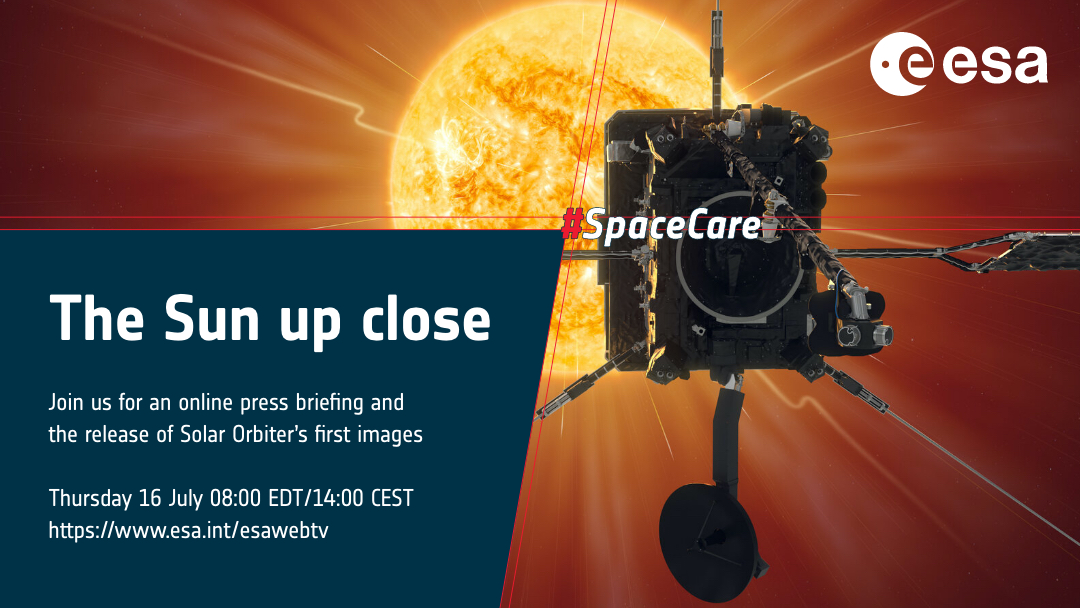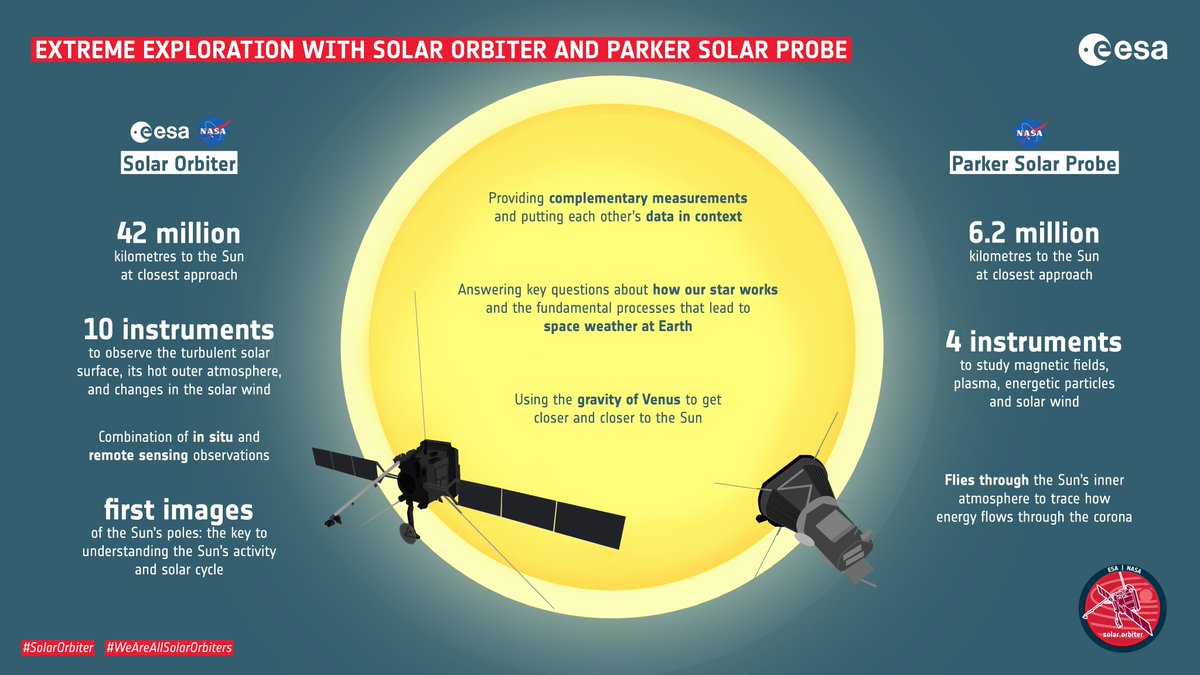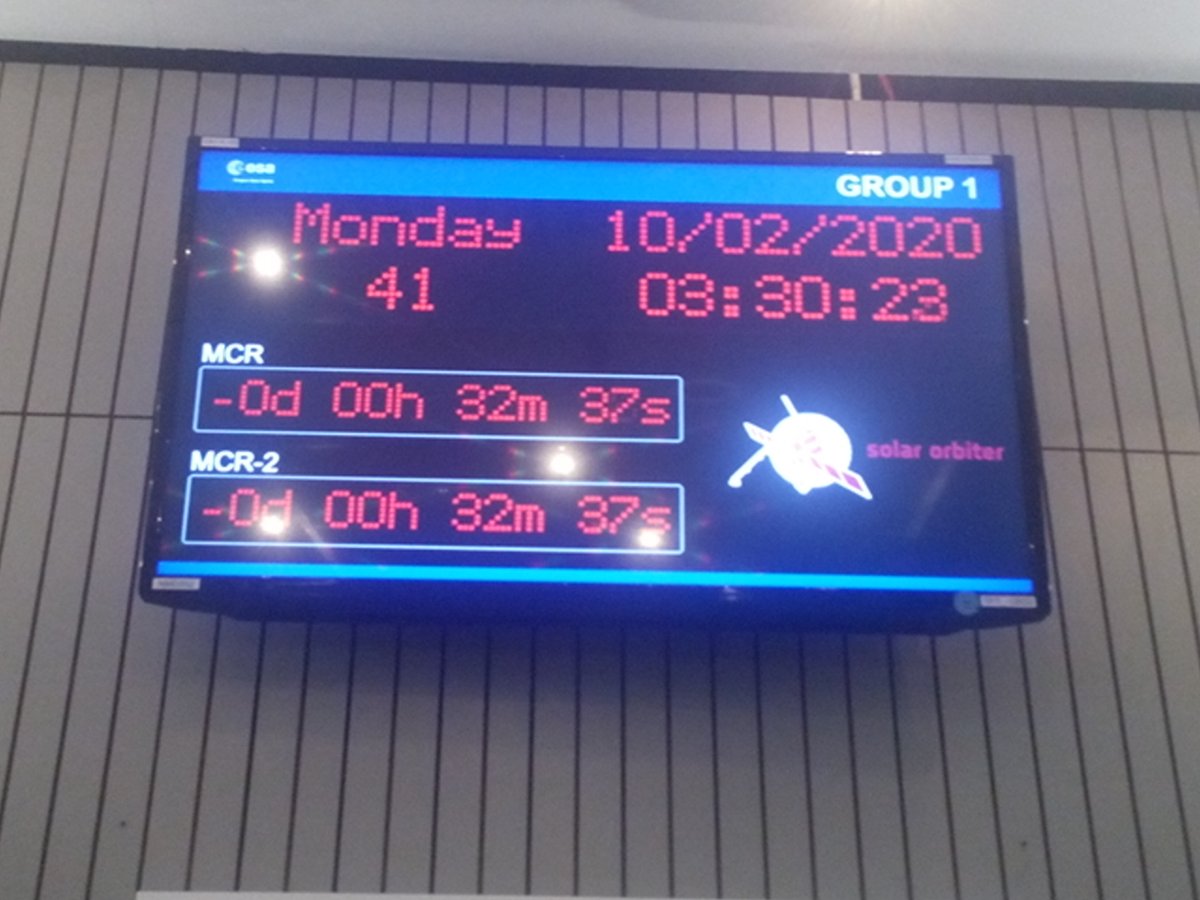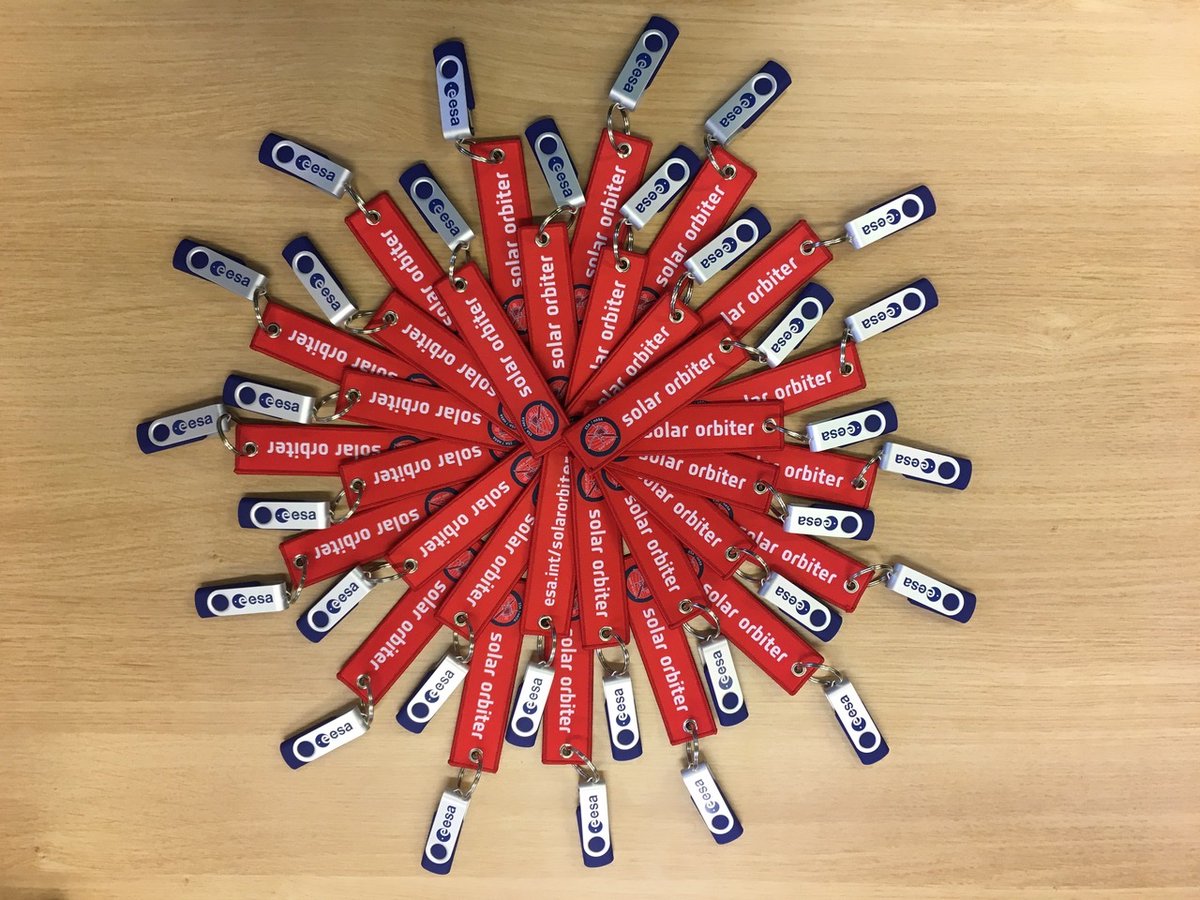We are excited to announce our first data release! The first data are from in-situ instruments that measure #space conditions around the spacecraft
Read more👉esa.int/Science_Explor…
Dive into the archive👉soar.esac.esa.int/soar/
#OpenESA #WeAreAllSolarOrbiters #SolarOrbiter
Read more👉esa.int/Science_Explor…
Dive into the archive👉soar.esac.esa.int/soar/
#OpenESA #WeAreAllSolarOrbiters #SolarOrbiter
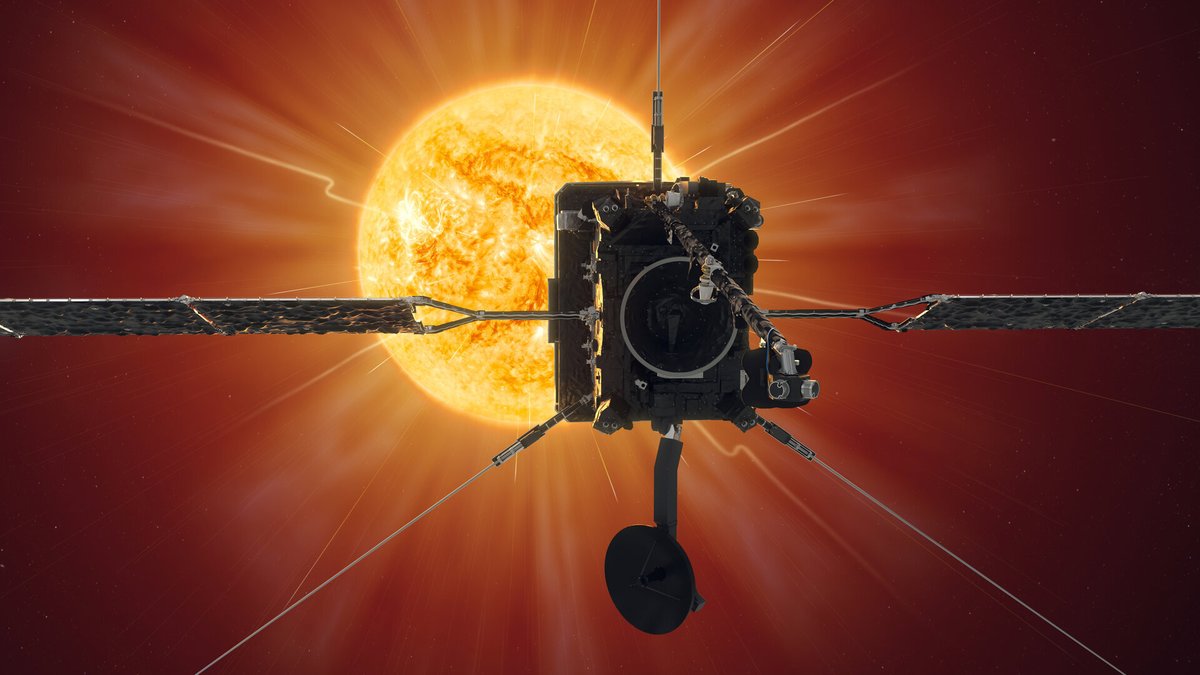
For many space missions first data usually comes after 6 months-1 year, but #SolarOrbiter is different: the time between data being received on Earth & it being released is at most 90 days!
#OpenESA #WeAreAllSolarOrbiters
#OpenESA #WeAreAllSolarOrbiters
#SolarOrbiter remote sensing instruments will only start nominal operations in Nov ’21, so their data will come later. But we already enjoyed a sneak peek earlier this year:
esa.int/Science_Explor…
#OpenESA #WeAreAllSolarOrbiters
esa.int/Science_Explor…
#OpenESA #WeAreAllSolarOrbiters
We also already shared the very first look at our #SolarOrbiter magnetometer data, collected shortly after launch during the boom’s deployment:
esa.int/ESA_Multimedia…
#OpenESA #WeAreAllSolarOrbiters
esa.int/ESA_Multimedia…
#OpenESA #WeAreAllSolarOrbiters
The #SolarOrbiter data centre is at @esa’s European Space Astronomy Centre at @esa_es. Enjoy exploring the data – there’s a lot that nobody's looked at in great detail yet so we’re looking forward to see what you find!
👉soar.esac.esa.int/soar/
#OpenESA #WeAreAllSolarOrbiters
👉soar.esac.esa.int/soar/
#OpenESA #WeAreAllSolarOrbiters
@esa @esa_es We’re also celebrating a special issue of @AandA_journal presenting #SolarOrbiter instrument and mission details.
Access here👉 aanda.org/component/toc/…
#OpenAccess #openESA #WeAreAllSolarOrbiters
Access here👉 aanda.org/component/toc/…
#OpenAccess #openESA #WeAreAllSolarOrbiters
• • •
Missing some Tweet in this thread? You can try to
force a refresh


